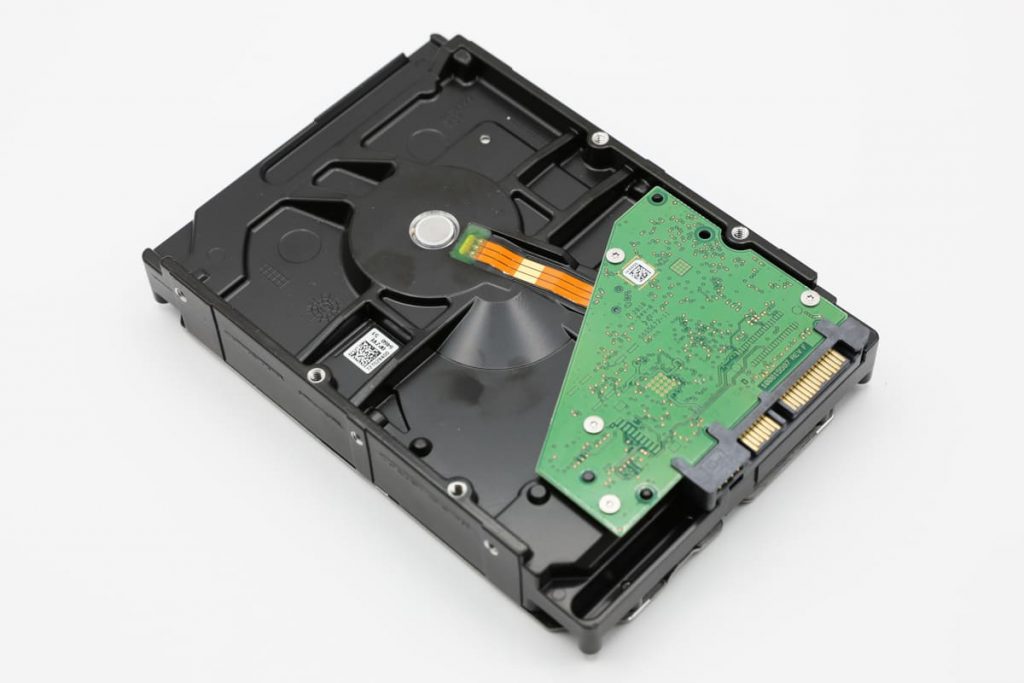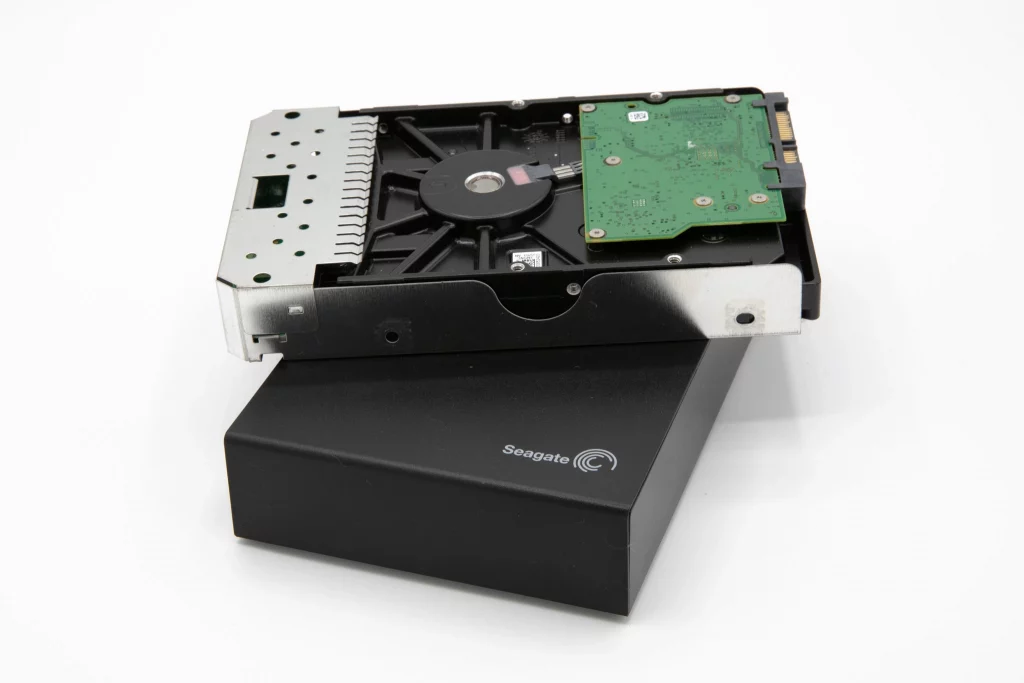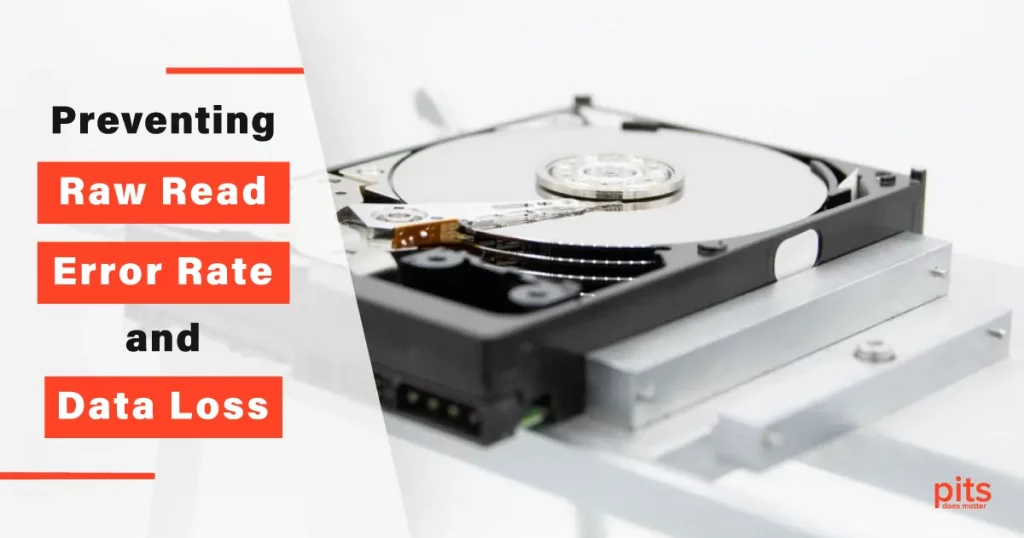In our tech-dominated society, where our personal and work lives heavily depend on data, the dependability of our storage devices has become of utmost importance. Contemporary hard drives come with a silent protector called S.M.A.R.T., which stands for Self-Monitoring, Analysis, and Reporting Technology.
One of the main metrics that S.M.A.R.T. closely monitors is the “Raw Read Error Rate.” This metric provides important information about the overall health of your hard drive and the chance of encountering data errors or loss. Understanding and effectively managing the Raw Read Error Rate is crucial for ensuring the durability and reliability of your storage device.
This blog aims to unravel the mystery of the Raw Read Error Rate concept and present effective strategies to avoid it. Whether you’re a tech-savvy enthusiast or a casual computer user, this guide will equip you with the information necessary to safeguard your data and optimize your hard drive’s longevity. Let’s delve in and explore ways to ensure a seamless and error-free storage experience
What is the Raw Read Error Rate?
Raw Read Error Rate is a significant S.M.A.R.T. attribute that offers valuable information about your hard drive’s health and dependability. S.M.A.R.T. is an advanced technology integrated into contemporary hard drives to monitor performance and constantly identify potential problems.
The Raw Read Error Rate measures the count of read errors encountered when your hard drive tries to access data. These errors may arise from slight data corruption, physical disk imperfections, or read/write head problems.
A value quantifies it, typically indicating improved performance and reduced errors with a lower number.

Having a good grasp of the Raw Read Error Rate is crucial as it functions as an early warning mechanism. A rising Raw Read Error Rate may indicate potential problems with your hard drive, which, if ignored, could result in data loss or instability in your system. By consistently monitoring this measure, you can identify issues before they worsen and take the necessary steps to protect your data and ensure the longevity of your hard drive.
Why Raw Read Error Rate is Critical for Your Hard Drive
The Raw Read Error Rate is not merely a technical measurement but a crucial signal of your hard drive’s overall health and dependability. Here’s why it holds significance:
Early Problem Detection
The Read Error Rate acts as a preemptive signal, notifying you of possible problems with your hard drive. A consistent increase in this measurement suggests that your drive is encountering difficulties in accurately reading data. You can proactively address issues before experiencing data loss or complete drive failure by detecting issues at this early stage.
Data Integrity
The primary function of your hard drive is to store and retrieve data accurately. Elevated Raw Read Error Rates can result in data corruption or loss, jeopardizing the integrity of your valuable information. Monitoring and maintaining this metric guarantees the safety and dependability of your data.

Performance Optimization
When your hard drive encounters read errors and repeatedly tries to access data, it can significantly impact its performance.
However, by resolving Raw Read Error Rate problems, you can ensure that your hard drive operates efficiently and responsively, which is particularly important for tasks requiring fast data retrieval.
Prolonged Lifespan
A hard drive that consistently experiences a high Raw Read Error Rate is more susceptible to premature failure. Monitoring and effectively managing this metric can prolong your hard drive’s lifespan and optimize your investment.
It is a critical diagnostic tool that empowers you to proactively address possible issues, safeguard your data, and ensure the long-term dependability of your hard drive.
How to Prevent Raw Read Error Rate
Maintaining the performance and health of your hard drive requires a proactive approach to prevent Raw Read Error Rate issues. Here are some practical techniques to help you keep this vital metric in check:
Regular Monitoring
Regularly perform the C.H.K.D.S.K. (Check Disk) utility on your hard drive. This built-in Windows tool scans for and fixes file system errors, preventing data corruption and Raw Read Error Rate problems.
Temperature Control
Maintain an optimal functioning temperature for your hard drive. Ensure good ventilation, clean dust filters, and consider using cooling solutions like fans or heat sinks to prevent overheating.
Disk Fragmentation – Regular Defragmentation
Optimize your hard drive’s file structure by performing regular disk defragmentation. This procedure reduces fragmentation, which can result in more read errors. You can utilize the built-in Windows defragmentation tool or opt for third-party software to achieve this goal.
Regular Backups
Establish a consistent timetable for protecting your data. Regularly creating backups can safeguard your information against hard drive malfunctions or data corruption, effectively preventing data loss and minimizing the impact of Raw Read Error Rate issues.
Securing the health and reliability of your hard drive involves a series of steps. Ensure your storage device remains current by routinely applying firmware updates provided by the manufacturer. It will optimize its performance and mitigate any potential Raw Read Error Rate concerns. Additionally, it is crucial to maintain a suitable operating temperature and ensure proper ventilation to prevent overheating, as excessive heat can contribute to higher error rates and a reduced drive lifespan.
Regularly scan your hard drive for defective sectors, identifying and isolating them to avoid read errors. Additionally, consider upgrading to a solid-state drive (S.S.D.) for improved dependability since S.S.D.s don’t have any moving components, lowering the chances of encountering Raw Read Error Rate problems.
Frequently Asked Questions
What is the normal range of raw read error rate?
Typically, the Raw Read Error Rate falls within the zero (0) range. However, the specific thresholds may differ depending on the model of the hard drive. It is imperative to monitor any substantial rise in this metric.
Can SMART fix error on hard disk?
SMART errors cannot be resolved on their own. They serve as warning signs for potential problems with your hard drive. It is crucial to immediately back up your data and consult with a professional to identify and resolve the underlying issue.
How do I read my hard drive SMART values?
Specialized software or utilities are available to read the SMART values of your hard drive. Popular choices include third-party tools like CrystalDiskInfo, HDDScan, or Speccy. Moreover, certain operating systems may provide built-in utilities to access SMART data. Visit the website of your drive’s manufacturer or consult your operating system’s documentation for precise instructions on accessing and understanding SMART values for your drive.
How do you read SMART output?
Understanding SMART (Self-Monitoring, Analysis, and Reporting Technology) output can be a bit technical, but here’s a simplified breakdown:
– Attribute Name: Each attribute in the SMART output has a specific name that identifies the monitored aspect of the drive, like Raw Read Error Rate or Temperature.
– Value: This represents the current value of the attribute. Some attributes are measured in raw numbers, while others may be in percentages or degrees. A lower value might indicate a potential issue.
– Threshold: The threshold value is the critical point for the attribute. If the attribute value falls below this threshold, it could be a sign of a problem.
– Worst: This value shows the worst recorded attribute value since the drive was put into service, providing context for the current attribute value.
– Status: This section often uses terms like “OK,” “Fail,” or “Warning.” If the status is not “OK,” it suggests a potential problem with the drive.
– Raw Data: Some attributes provide additional information or raw data, which may require specific interpretation or may not be relevant to all users.
